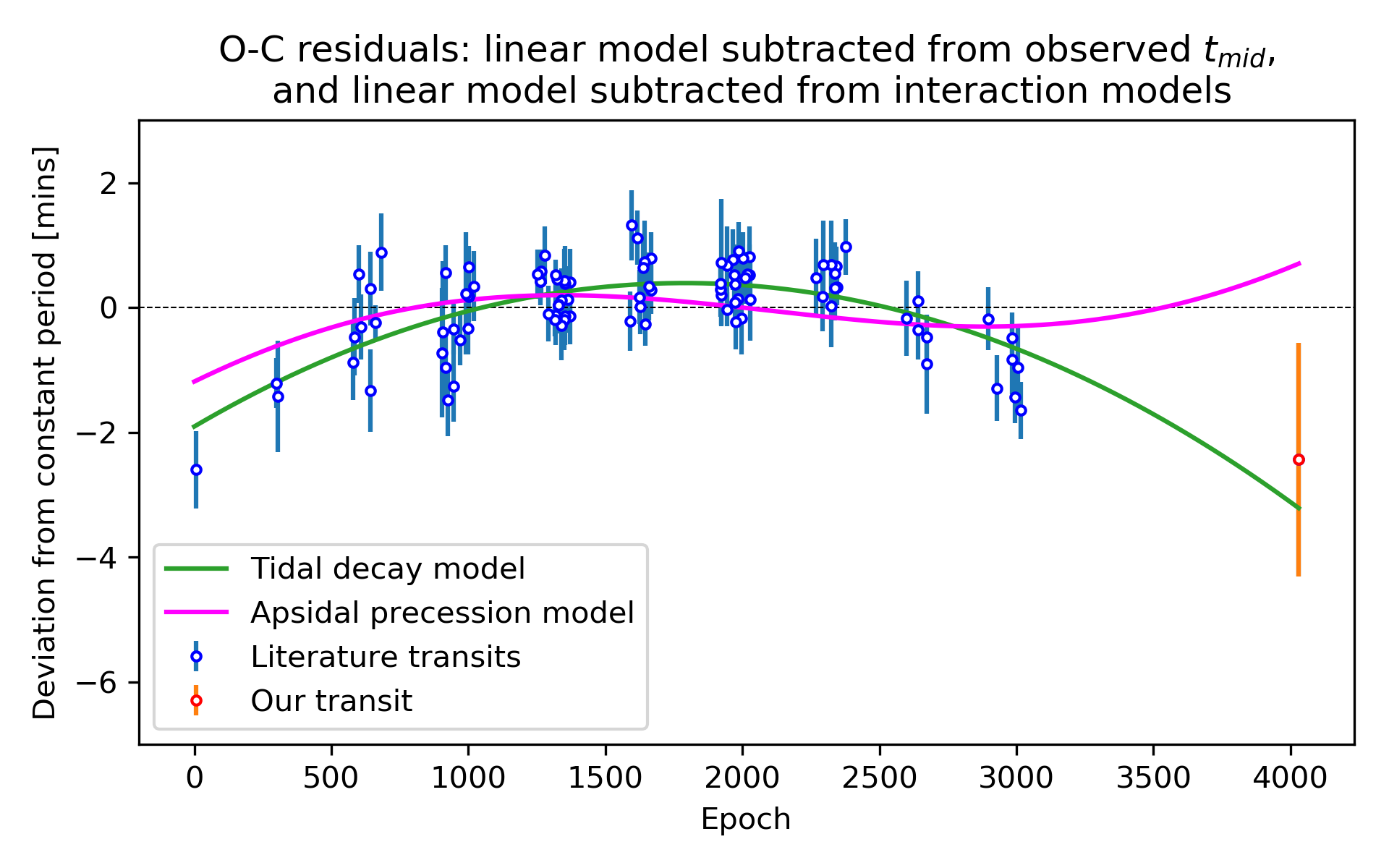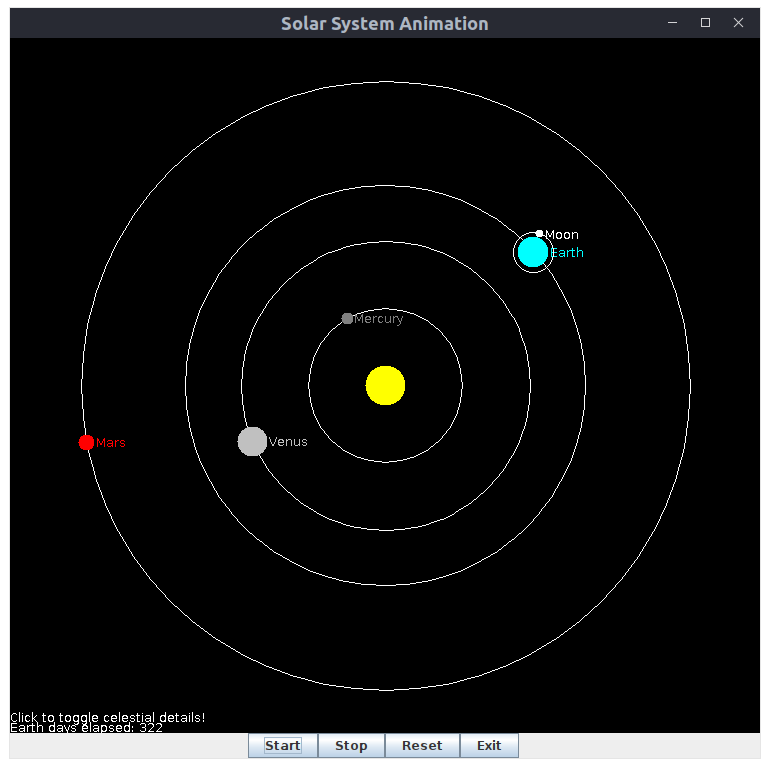404 Page Not Found
Page not found. Your pixels are in another canvas.
A list of all the posts and pages found on the site. For you robots out there is an XML version available for digesting as well.
Page not found. Your pixels are in another canvas.
Profile
This is a page not in th emain menu
Published:
This post mostly serves as an aide-mémoire, because I go through this install and set-up process often enough to remember it, but not often enough to precisely memorise every command. Hopefully you may find it useful too.
Published:
I was incredibly honoured and humbled to receive the Worshipful Company of Clockmaker’s prize for the UCL Observatory Student of the Year 2021, which recognises both academic achievement and contribution to public outreach.
Published:
In my own time, I have further developed my code from my third-year Astrophysics group project. Planet and transit parameters are automatically downloaded from Open Exoplanet Catalogue. It then compares exoplanet transit mid-times to predicted mid-times for a regular circular orbit, tidal orbital decay, and apsidal precession, performing statistical analysis (chi-squared, Akaike & Bayesian Information Criterion).
Published:
A little program I made during my 3rd year studies, experimenting with GUIs in Java. An animation of the orbits of the inner planets of our solar system, with additional information on orbital parameters, and start/stop/reset buttons via listeners.
Published:
The internship is being supervised by Dr. Andy Smith and Mayur Bakrania of the Space Plasma Physics Group, at the Mullard Space Science Laboratory. Deep learning models will be used to forecast when there is risk of Geomagnetically Induced Currents (GICs). Variation in Earth’s magnetic field create GICs in long conductors, posing a risk to infrastructure. Therefore, the ability to predict substorms has a tangible benefit to many different fields. Mutual information between parameters, a relatively unexplored field in this context, has been used to help reduce duplicated information leading to over-fitting and longer training times. This has lead to neural networks being trained with Bz (GSM), velocity and AL index time-history to predict the AL index, of which a sudden drop can precipitate sub-storms. Different ML models and techniques are being investigated and used - currently LSTMs, GANs, logistic regression, gaussian naive bayes and neural networks have or will be explored. An application for a Royal Astronomical Society Undergraduate Summer Bursary has been made, to support the project.
Practical, UCL Observatory, 2021
Undergraduate Level-6 course in observational astrophysics, taught at the UCL Observatory in Mill Hill, London. It is designed to teach contemporary research methods used in optical observational astrophysics, focusing on techniques for the acquisition, reduction and analysis of astronomical data for photometry and spectroscopy. Students gain experience in using computer-controlled (robotic) telescope systems and digital cameras, and software for image and spectroscopic analysis including Starlink GAIA, IRAF, and SAOImageDS9.